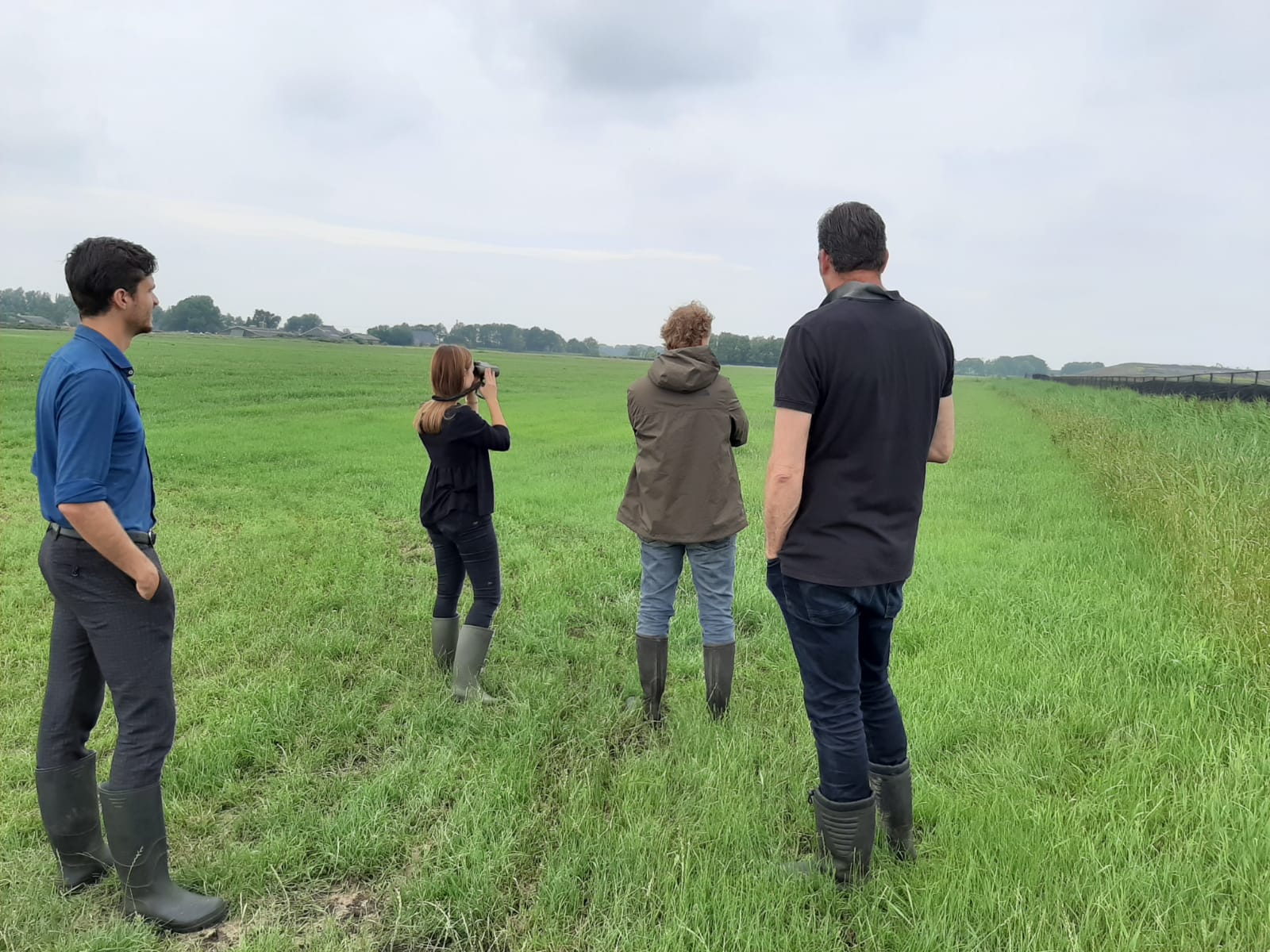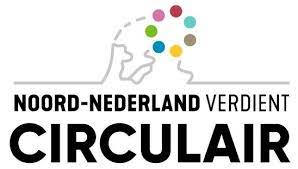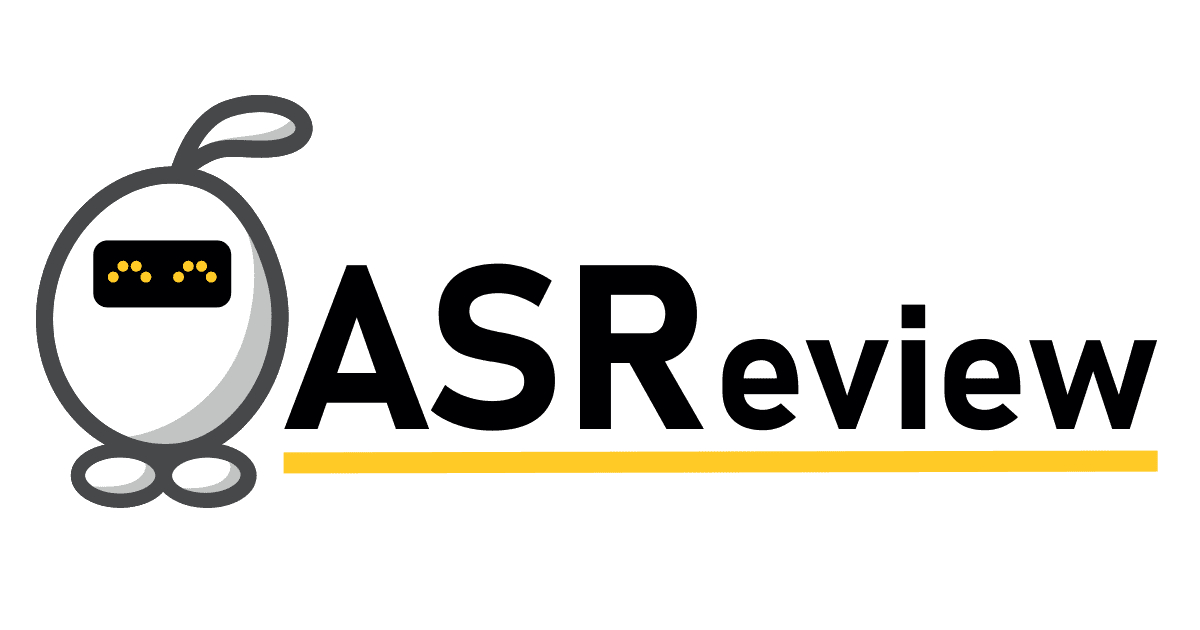Sustainable Landscapes projecten

Sustainable Landscapes projecten:
- Onderzoek effect zonneparken op biodiversiteit en bodemkwaliteit
- Noord-Nederland verdient circulair
- ‘Listen here now!’ A participatory soundscape approach to biodiversity and well-being in the city
- An exploration of using ASReview software about the effectiveness of policy instruments promoting sustainable agriculture
- Landscape Securities - Innovative financial instruments for sustainable landscapes
1. Onderzoek effect zonneparken op biodiversiteit en bodemkwaliteit
Ecologen van de RUG zijn gestart met een onderzoek naar biodiversiteit en bodemkwaliteit in Groningse zonneparken. Onderzoeksleider is dr. Raymond Klaassen, lid van het kernteam van Sustainable Landscapes. In de komende vijf jaar gaan de onderzoekers in opdracht van de Provincie Groningen en Solarfields bij vijftien zonneparken de bodem, begroeiing, insecten, zoogdieren en vogels monitoren. Het doel van het onderzoek is te komen tot de meest optimale inrichting en beheer voor biodiversiteit en bodemkwaliteit.
.

2. Noord-Nederland verdient circulair
Het programma ‘Noord Nederland Verdient Circulair’ is een brede startcoalitie die in Noord-Nederland gaat samenwerken om jaarlijks honderden Noord-Nederlandse MKB-ers te helpen om circulair of circulairder te worden. Dit wordt mede mogelijk maakt met financiële steun vanuit de drie Noordelijke Provincies en het Samenwerkingsverband Noord-Nederland (SNN).
De Sustainable Landscapes groep van de RUG draagt hieraan bij met name gericht op visievorming en monitoring maar ook ten aanzien van circulaire business modellen en digitalisering. SL heeft hiertoe een breed team samengesteld vanuit verschillende disciplines en faculteiten:
- msc. Oscar Kamminga,
- dr. Frans Sijtsma,
- dr. ir. Sanderine Nonhebel,
- dr. Ellen van der Werff, dr. ir. Niels Faber,
- Julia Koch (PBL/RUG),
- prof. dr. ir. David Langley,
- dr. Thijs Broekhuizen
- Peter van Kampen

3. ‘Listen here now!’ A participatory soundscape approach to biodiversity and well-being in the city
A soundscape is the total acoustic environment as perceived by humans in a particular context. Amongst other things, soundscapes indicate levels of local biodiversity. They also provide vehicles to assess the sense of well-being experienced by residents because of exposure to ‘natural soundscapes’ in densely populated areas.
In a moment of rapid urbanization, coupled with diminishing green spaces, studying soundscapes offers a unique opportunity to understand how human-engineered changes can impact the health of both urban species and spaces in the city.
Groningen
This project proposes to study soundscapes in Groningen in an interdisciplinary context. This to assess how transformations of the urban environment impact both humans and non-humans through attention to the sonic.
Given the challenges presented by urbanization, our study proposes to develop the first interdisciplinary framework to measure soundscapes in relation to three inter-related criteria:
- biodiversity
- place attachment
- environmental well-being
To make these connections, this project focuses on measuring and comparing soundscapes from different local area types (e.g. residential/industrial…) to assess how contrasting sound environments differently impact biodiversity and well-being in these areas. These comparisons will later serve as the basis for discussions with urban and spatial planners aiming to enhance the city’s soundscape for optimal health and liveability.
Participation
This one-year project is further designed to explore new interdisciplinary methods in a participatory process with students from our various faculties and with local citizens through citizen science approaches. we have backgrounds in the fields of acoustics, spatial planning, cultural geography, urban heritage, ecology, and music performance. This enables us to combine different approaches for the common objective of raising ecological awareness of biodiversity, increasing attachment to place, and working to develop urban policy to stimulate sonically healthy, biodiverse cities.
Eight locations in six months
In particular, this project maps the soundscapes of eight key locations (2 parks, 1 city centre location, 1 industrial area, 3 neighbourhoods, 1 nature reserve) over six months in and around Groningen.
Our first goal is to develop new methods to measure in what ways the soundscape of Groningen’s different areas reflect the relative biodiversity, health, and liveability through both quantitative and qualitative approaches. Our second aim is to engage both students and local citizens in this research by inviting them to record, discuss, assess, and interact creatively with their own soundscapes within the context of a participatory data gathering and sonic/spatial planning process.
This project evolves in four overlapping stages:
- New method design through team-led workshops (months 1-3);
- Retrieval of soundscape recordings in 8 areas (months 1-6);
- Interpretation and analysis (months 4-6);
- Interactive workshops, soundwalks, performances, symposium, and research paper (months 7-12)
Our retrieval, analysis, and creative engagement with soundscape recordings combines five methods:
- deep mapping
- sound appraisal
- birdsong frequency analysis
- soundwalks
- soundscape performances
By developing new methods across disciplines, we share in all stages of research and further stimulate greater knowledge about how soundscapes reflect and impact the liveability, biodiversity, and health of cities on a local level, an essential step in transitioning towards a new kind of sustainable city.
Applicants
KRISTIN MCGEE – Assistant Professor in Popular Music at the FoA. BETTINA VAN HOVEN - Associate Professor Cultural Geography at FSS and Academic Director of Education at UCG. LAURA KAPINGA – Assistant Professor of Geography at UCG. JAN KOMDEUR - Professor of Evolutionary Ecology at FSE. MIRJAM BORGER - PhD Candidate in Behavioural and Physiological Ecology at FSE. LEONIEKE BOLDERMAN - Assistant Professor Cultural and Tourism Geography and Planning at FSS. FRANS SIJTSMA - Associate Professor Economic Geography at FSS – Chair Sustainable Landscapes Research Group at Agricola School. MANS SCHEPERS - Assistant Professor of Archaeology and Environmental Sciences at FoA. Non-RUG researchers and partners: MEREL URSEM is a soundscape advisor at SoundAppraisal. ANDERT TIJSMA is a Dutch composer, multi-instrumentalist, and medical doctor (GP) from Groningen.
Applicants faculties
ART, FSE, FSS, UCG, Plus alumnus from UMCG

4. An exploration of using ASReview software about the effectiveness of policy instruments promoting sustainable agriculture.
Systematic and fast scientific literature review to the benefit of policy
This project was funded by the Netherlands Environmental Assessment Agency (PBL). It addresses the problem of whether it is possible to speed op systematic review of scientific knowledge for policy purposes.
The efficiency and effectiveness of the policy instruments
The background for this is that in the context of Article 3.1 of the compatibility law 2016 (Comptabiliteitswet) (CW 2016) it is aimed for to bring about more scientific underpinning of policy. The House of Representatives in 2019 examined the extent to which policy proposals address the efficiency and effectiveness of the policy instruments to be deployed (Sneller & Snels, 2019). They concluded that while they often address how these instruments should contribute to the objective, they often do not address to what extent.
Scientific evidence for policy proposals can be difficult in practice
Making such statements about efficiency and effectiveness requires an understanding of scientific evidence. As a result, the Netherlands Environmental Assessment Agency (PBL) anticipates that it will receive more frequent questions from the government about what science says about the effectiveness of proposed policies.
PBL already has a strong scientific orientation in its work and recognizes the great importance of a request for scientific foundation. But is also foresees that answering this type of question about scientific evidence for policy proposals can be difficult in practice. This is due to the short period in which these questions must generally be answered on the one hand and the time required for (systematic) literature review on the other. Conducting a (systematic) literature search using artificial intelligence (AI) could offer a solution to this problem and that is what this report is about.
When using AI, the literature search is supported by a so-called learning algorithm, which learns as the process progresses to better and better assess what is relevant literature for the researcher. However, little experience has been gained with the use of such software in policy-oriented research.
How can open-source AI software ASReview offer a solution
PBL therefore asked the UG to investigate how the open-source AI software ASReview could offer a solution in efficiently meeting the demand for scientific insights from the government. At PBL's request, the UG researched three substantive questions around the effectiveness of policy instruments for sustainable agriculture and used these to test the process of the AI supported literature review. In this research, the UG worked with a combination of AI-supported literature screening and sounding boards of academics who fed the search at the beginning and interpreted the results substantively at the end. Such a sounding board enables the distillation of substantive lessons in a relatively short time.
The findings are:
1. It is possible to conduct a quick and good systematic literature search by combining AI-supported literature search with a sounding board of scientific experts. The search for scientific insights that could potentially provide substantiation yielded a database of 40.000 potentially relevant papers, from which a diverse set of 100 relevant papers were selected using AI. Using the sounding board of experts, an even smaller set of 12 papers was created from this list that were deemed most urgent for policymakers to study.
2. Because the AI software ASReview puts content first and hides reputation of authors and journals during screening, objectivity and breadth is stimulated
3. However, ASReview does present other challenges that, if not taken into account, can compromise the objectivity of research in other ways
i) One of the main risks of using ASReview is what we call ‘trap formation’, especially when there is a short time frame for screening. This means that you end up on a particular 'track' of articles on a particular (sub)topic, which means that other also relevant articles are not found. The broader the query and the less time, the more this poses a risk to the efficiency and reliability of the screening. By using certain settings for the screening, this can be taken into account to a certain extent.
ii) The amount of efficiency gains that can be achieved with ASReview depends on the breadth and multidisciplinarity of the research question. The topic of sustainable agriculture has many facets, both in terms of instruments and outcomes. This makes it more difficult for the program to quickly learn what is most relevant, so screening will take more time
iii) AI is not a fully automated process. Use of the program requires skill from the researcher to drive the algorithm and expert knowledge to start the process and expert knowledge to interpret the results.
4. The content of this research has resulted in two sets of scientific articles: a Top 100 and a Top 12.
5. The first end result of the Systematic Review is a list (Top 100) of relevant articles ranked by their "scientific recognition." Here, because of the requirement for speed in the process, scientific recognition is simply operationalized as a combination of the number of citations of the article per year and the impact factor of the journal (as a measure of the seriousness of the blind review process) in which they were published. While there are caveats to this method of ranking, it does provide a way to make a large amount of knowledge manageable within a relatively short period of time, and in doing so, gives policymakers and researchers a foothold that they can study "the most important first''.
6. The second end result is a selection from the top 100 by the scientific experts: which ones are most important for policy? The six multi-disciplinary scholars each selected three papers that they felt were most important for policymakers and researchers to take to task: combined, this yielded a set of 12 articles. The Top 12 is a manageable set of articles that was selected quickly, and can be studied in content in a short period of time while being largely systematic.
In conclusion. What does the process tested here offer compared to what we might call "the standard quick search for scientific evidence" of a PBL staff member? This search often consists of manually consulting Google Scholar and/or individually contacting a scientific expert. Compared to manual searches via Scholar, searching the literature with ASReview offers the opportunity to systematically review a vast amount of studies for relevance. After each selection by the researcher, the entire database is reordered. Ultimately, it has been shown, this leads to a greater diversity of studies than a manual search process. Compared to contacting experts individually, the added value of utilizing a group of experts in this study is not only their diversity of expertise, but also that they all reflect on the same scientific dataset and choose from it (quickly and rationally) the most relevant ones for policy. This is a much more systematic process than asking for their scientific views separately.
Participating researchers
The project was performed by Dr. Frans J. Sijtsma and Liselotte H. Vreeling, MSc. In collaboration with SL fellows Prof. Per Angelstam, Hacen El-hacen, PhD, Prof. Martijn van der Heide, Prof. Ina Horlings, Prof. Theunis Piersma & Prof. Pablo Tittonell. And in cooperation with the Netherlands Environmental Assessment Agency (Planbureau voor de Leefomgeving).
The full report can be found here in Dutch and here in English. The Excel file with the ordered list of most relevant papers can be found here.

5. Landscape Securities - Innovative financial instruments for sustainable landscapes
The need for halting biodiversity loss and maintaining and improving other ecosystem services and landscape quality is broadly felt across the world. This motivates the project: good intentions in nature and landscape conservation by stakeholders are often hindered by the lack of financial resources.
During the last decades, nature conservationists and entrepreneurs have initiated experiments with new financial instruments. In several of these, ‘customers’ pay for ecosystem services (i.e. those cultural, regulating or provisioning services not covered by regular markets). However, the most efficient and effective ways for doing so are unclear, especially since information and transaction costs are high.
Combining expertise in sustainable finance, ecosystem services, and nature and landscape valuation, this project engages in a series of experiments with landscape securities as a standardized low-transaction-cost form of financial support, held by both businesses and citizens. The project joins forces with the Northern Netherlands National Parks and NWB Bank and other important stakeholders in a co-production of knowledge approach. The experiments are place based and builds among others on the greenmapper software developed by UG (www.greenmapper.org).
PhD Student
The PhD student is placed with the Faculty of Economics and Business. The supervision team consists of Prof. dr Klaus Hubacek (Faculty of Science and Engineering), Prof. dr Bert Scholtens (Faculty of Economics and Business) and Dr Frans Sijtsma (Faculty of Spatial Sciences).
The PhD student will be enrolled in the Graduate School of Economics & Business and will attend research meetings and other activities at the three faculties. This project is made possible by a research grant from the Ubbo Emmius Fund’s M20 program. The M20 Program's goal is to develop scholars with the interdisciplinary foundation required to address society’s most pressing challenges.

